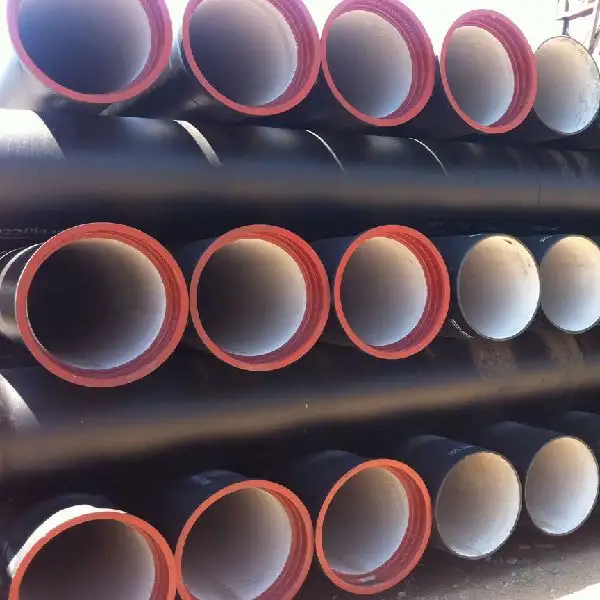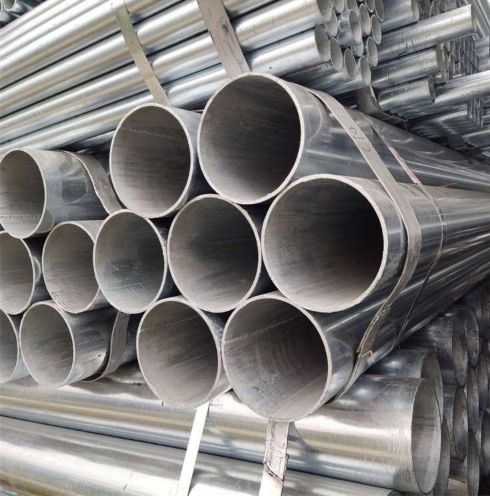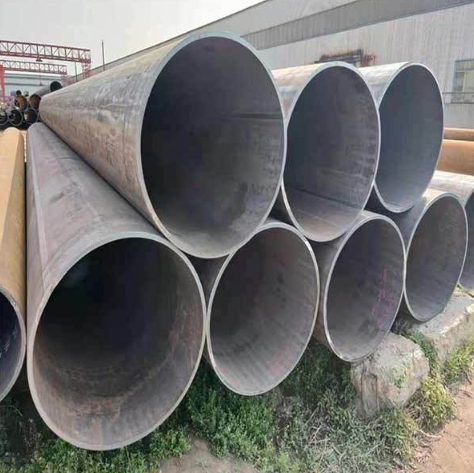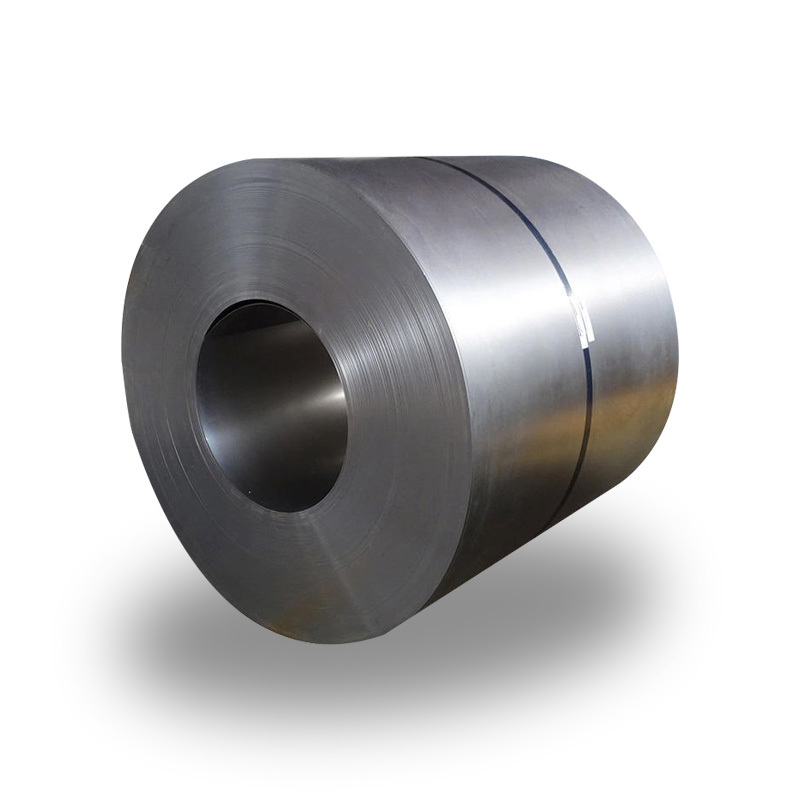For procurement in 2025 we find that K12 ductile iron pipe offers an excellent balance of mechanical strength and cost-effectiveness for medium- to high-duty water and wastewater mains; price from Chinese mills typically ranges roughly USD 500–900 per metric ton (delivered EXW / FOB depending on spec), while delivered installed costs in North America and Western Europe are commonly 30–80% higher after transport, coatings, testing and local certification are applied. These ranges reflect raw-material, energy and coating cost volatility in 2025 and vary strongly by diameter, wall thickness (K class), lining/coating, and order quantity.
We summarize core takeaways in plain language so busy buyers can act quickly:
-
What: K12 = a thickness/strength classification used in ISO/EN metric systems (K classes specify wall thickness patterns that translate into different working pressures depending on diameter and standard).
-
Price band (material only, 2025): China OEMs ≈ USD 500–900 / tonne, India similar, global FOB/EXW. Regional landed/priced values in EU/US typically add 30–80%.
-
Why price varies: pipe diameter, lining (cement/PUR), external coating (zinc + bitumen or epoxy), joint type, test certificates, freight, and local duties.
-
Buying tip: specify standard (ISO 2531 or EN 545 or AWWA C151), lining/coating, joint type, test/cert requirements and FAT/inspection terms in the PO — otherwise quotes will be incomparable.
What “K12” actually denotes
“K” class nomenclature (K7, K8, K9, K10, K12, etc.) appears in the metric ISO/EN family and commonly indicates nominal wall thickness patterns mapped to diameters to achieve required resistance to internal/external loads. This is distinct from “C” pressure classes, which are defined by allowable working pressure; conversions between K and C classes are standardized in tables. Practical consequence: when someone specifies K12 DN200, they are prescribing the pipe’s thickness profile rather than directly naming the working pressure.
Governing standards and certification
Standards and their purposes:
-
ISO 2531 — metric international standard covering ductile iron pipes, fittings, accessories and joints for water pipelines; use this reference for international procurement.
-
EN 545 / EN 598 — European metric standards closely aligned with ISO tables for thickness and pressure classes; many EU utilities require EN compliance.
-
AWWA C151 / ANSI A21.51 — the US specification for centrifugally cast ductile-iron pipe; if you procure into North America, include AWWA clauses where required.
-
ASTM A536 (material) — specification describing the mechanical properties and grades of ductile iron castings (relevant for metallurgy and acceptance testing).
When we issue or review an RFQ we always list the required standard(s), the revision year, and whether manufacturer certificates or third-party test reports are mandatory.
Mechanical properties and metallurgy
Ductile iron combines nodular graphite microstructure with controlled chemistry to deliver tensile strength, yield, and elongation that outperform gray cast iron. For pipe applications, the typical pipe grades are produced to meet tensile and elongation criteria in ASTM/ISO guidance; heat treatment and nodularity control are critical for consistent performance. If the project includes higher cyclic loads or seismic demands, specify the ductile iron grade and any post-cast heat treatment explicitly.
Typical dimensions, joints and compatibility
Manufacturers keep outside diameters constant for a given nominal size while varying wall thickness for K classes. This preserves joint compatibility across K/C options of the same nominal diameter. Joint types commonly supplied are push-on (rubber ring), mechanical joint, flanged, and proprietary restrained joints; the buyer must match joint choice to existing system hardware and installation method.
Internal linings and external coatings — effect on price and life
Common options that materially change price:
-
Cement mortar lining (standard) — economical, proven for potable water; low cost relative to advanced linings.
-
Polyurethane (PUR) lining — higher cost, used when aggressive water chemistry or abrasion is a concern.
-
Zinc + bitumen external system (European practice) — common in EN/ISO markets; moderate incremental cost.
-
Loose polyethylene sleeving (LPS) — used for extra corrosion protection in some regions.
We always ask suppliers to quote lining and coating as separate line items. This makes apples-to-apples comparisons straightfoward.

Main cost drivers for K12 ductile iron pipe in 2025
Key drivers we watch:
-
Melting charge / scrap steel price — ductile iron is largely produced from recycled material; scrap costs dominate raw-material trends.
-
Energy — electric power and fuel for melting and centrifugal casting.
-
Alloying and nodulizer materials (Mg or rare earths) — small but significant for metallurgy.
-
Lining & coating choices — cement lining vs PUR or epoxy drives the per-meter price gap.
-
Freight & logistics — heavy volumetric items; container shipping or bulk break-bulk rates matter.
-
Testing & certification — third-party testing (mechanical, dimensional, lining adhesion) adds cost.
Market reports and industry analyses in 2024–2025 show steady demand for DI pipe driven by infrastructure investment, which supports slightly firmer sold-to-mill prices compared with a few years prior.
2025 Global price snapshot — typical ranges
Below is a concise comparative table we prepared using supplier marketplace listings and industry price roundups. These are procurement starting points — require tailored quotations with specified spec.
| Region | Typical supplier price (material only, 2025) | Notes / common coating & joint |
|---|---|---|
| China (OEM mills) | USD 500 – 900 / tonne | Cement mortar lining common; zinc + bitumen outside; K9–K12 offered. |
| India (domestic mills) | USD 520 – 950 / tonne (similar to China; freight to port varies) | Many suppliers produce K9 & K12 to ISO/EN specs. |
| Turkey & Middle East | USD 600 – 1,050 / tonne (varies by coating and logistics) | Regional mills often supply EN/ISO lines for local projects. |
| Europe (delivered to EU port) | USD 800 – 1,500 / tonne (FOB Europe higher due to labor & certification costs) | EN 545 / ISO 2531 compliance commonly required. |
| USA / Canada (FOB US port) | USD 900 – 1,700 / tonne (higher when AWWA and NSF certifications required) |
How we derived these numbers. The China/India bands are derived from marketplace listings (Made-in-China, Alibaba) and multiple supplier sheets; the western bands combine supplier price lists and industry market reports that capture regional premiums for certification, labor and local testing. Treat these as ballpark ranges to inform budgeting and prequalification; firm quotes require diameter, K class, lining/coating and quantity.
How to compare supplier quotations
We use this checklist to normalize quotes:
-
Standards & revision: ISO 2531 / EN 545 / AWWA C151 — include revision date.
-
Nominal diameter (DN) and K class: e.g., DN200 K12.
-
Length per piece and weight per meter.
-
Internal lining: cement mortar (specify type) or PUR (thickness).
-
External coating: zinc thickness, bitumen or epoxy topcoat, or LPS.
-
Joint type: push-on, mechanical, restrained, flanged.
-
Testing & documentation: material certificates (MTC), mechanical test reports, lining adhesion tests, pressure test records, inspection terms (third-party allowed?).
-
Delivery terms: EXW / FOB / CIF (specific port) and lead time.
-
Warranty and after-sales support for coating defects.
If any item is missing we flag the quote until the supplier adds it.
Logistics, lead times and total landed cost considerations
Lead time for standard K12 stock orders from major Chinese or Indian mills is typically 6–12 weeks depending on mill load, coating lines, and quantity. For special linings or stamped third-party inspections add another 2–4 weeks. Heavy items push shipping choices to bulk carriers or flat racks; containerization sometimes used for smaller diameters or fittings. Tariffs and import duties must be budgeted into landed cost; always request HS code based costing early. Market reports show that shipping cost spikes in late-2024/early-2025 made delivered pipe more expensive than raw mill price movement alone.
Quality assurance, testing and acceptance
Minimum tests and documents we require before acceptance:
-
Chemical composition and mechanical property certificates to ASTM A536 or equivalent.
-
Dimensional checks (outside diameter, wall thickness) referenced to ISO 2531 / EN 545 tables.
-
Cement lining thickness and adhesion test (if cement lined).
-
Coating thickness & holiday testing report (if epoxy or zinc systems).
-
Hydrostatic or pressure test records as applicable.
We recommend contractually including the right to third-party inspection (e.g., SGS, Bureau Veritas) at the mill prior to shipment.
Total cost of ownership — life cycle thinking
Ductile iron pipe often has a service life of many decades when properly protected. While initial unit price is important, we always model life cycle cost that includes installation, expected maintenance frequency, corrosion mitigation measures, and replacement cost. Cement-lined, zinc-coated K12 ductile iron can deliver very low life-cycle cost compared with alternatives in many service environments. Recent literature and field studies show DI pipe service lives exceeding 100 years in benign soils; burial conditions and stray current/corrosive soils shorten life.
Procurement strategy
For Luokaiwei projects and our clients we commonly adopt this approach:
-
For large municipal contracts: issue detailed tender with ISO/EN or AWWA references, require FAT and third-party inspection, price by piece and by tonne, include holdback until documents are delivered.
-
For smaller projects: consider trusted regional mills with proven QC to reduce freight costs; ask for sample pieces and local references.
-
When price-sensitive: accept standard cement lining and zinc + bitumen outer coating; avoid specialty PUR unless chemically required.
-
When life-cycle critical: budget more for advanced linings and cathodic protection.
Case note — specification example (DN200 K12)
A procurement line item we use internally:
-
Item: Ductile Iron Pipe DN200 K12, length 6m, cement mortar lined (EN 545), external zinc 130 g/m² + bitumen topcoat, push-on joint (rubber ring), ISO 2531 compliance, MTC EN 10204 3.1, third-party inspection permitted. Quantity: 2000 m. Delivery: FOB Shanghai. Price: quoted per tonne and per piece.
Five practical buying tips
-
Always specify the standard revision and joint type.
-
Ask for weight per meter in the quote so you can normalize price by mass.
-
Separate lining/coating line items in the offer.
-
Add third-party inspection rights if you cannot visit the mill.
-
Negotiate sample runs and pilot shipments for new suppliers.
Frequently Asked Questions
Q1 — What is the difference between K12 and C25?
K12 denotes a thickness class (metric), while C25 is a pressure class; conversion tables in ISO/EN or manufacturer tables map K classes to equivalent C pressure ratings for each diameter. Always require the specific table or pressure rating in the contract.
Q2 — How much extra does polyurethane lining add to price?
PUR lining is a premium option; expect a 20–60% increase depending on diameter and lining thickness versus standard cement mortar lining. Exact premium depends on production capacity and the lining supplier.
Q3 — Is K12 over-specified for small diameters?
Not necessarily. K class selection should be driven by hydraulic needs, pressure, burial depth and external load criteria. For small diameters used in high-pressure distribution lines K12 can be appropriate. Use engineering design checks.
Q4 — Can I mix K12 pipe with existing K9 pipes in a system?
Yes, external diameters are maintained across K classes for a nominal size, so joints remain compatible; however internal diameter differs (affecting hydraulic capacity). Verify joint compatibility and hydraulic calculations.
Q5 — Which documents to require on delivery?
Minimum: MTC (material test certificates), dimensional inspection report, lining/coating test records, and the mill’s declaration of conformity to the stated standard (ISO/EN or AWWA). Third-party certificates are strongly recommended.








